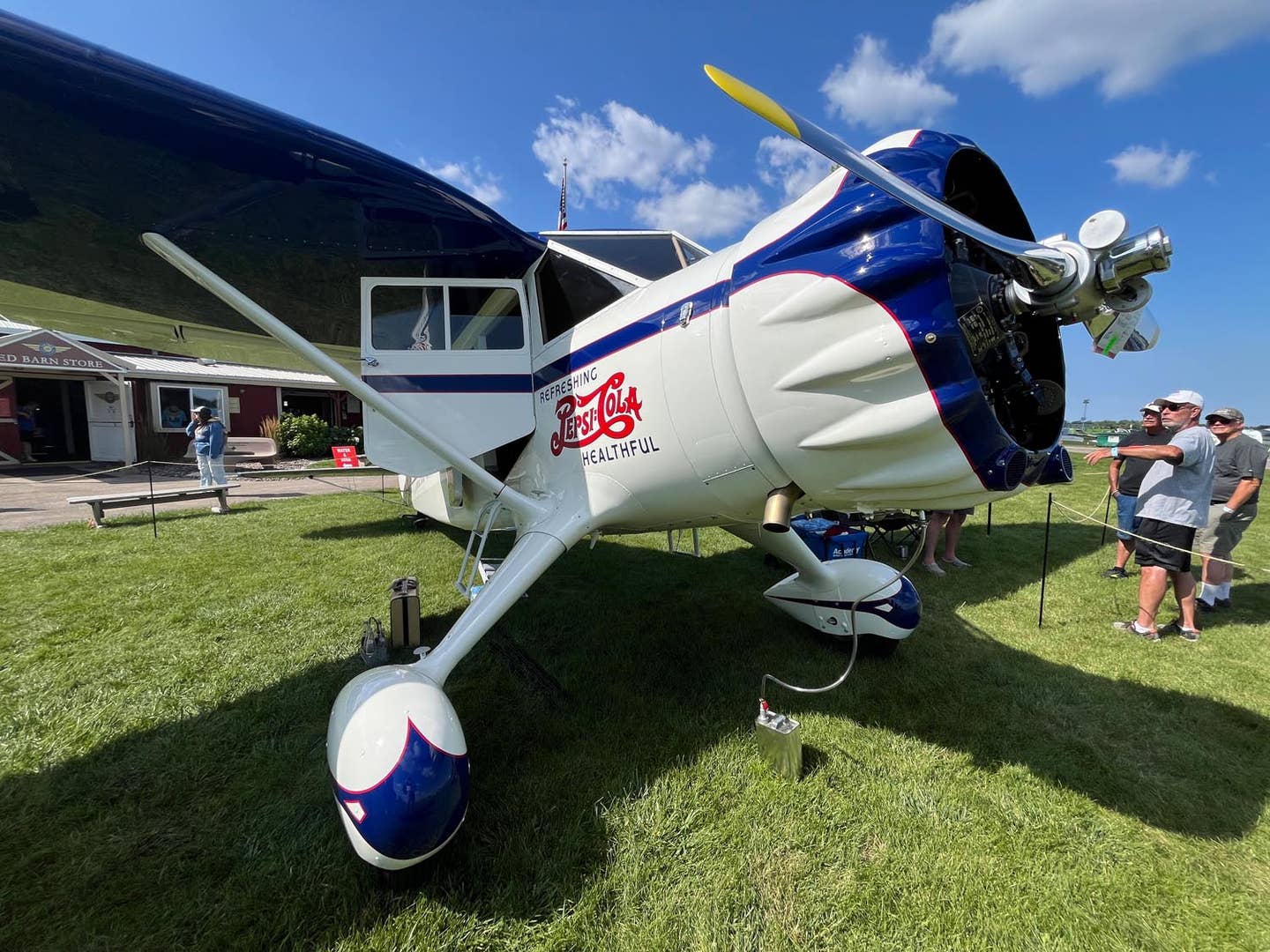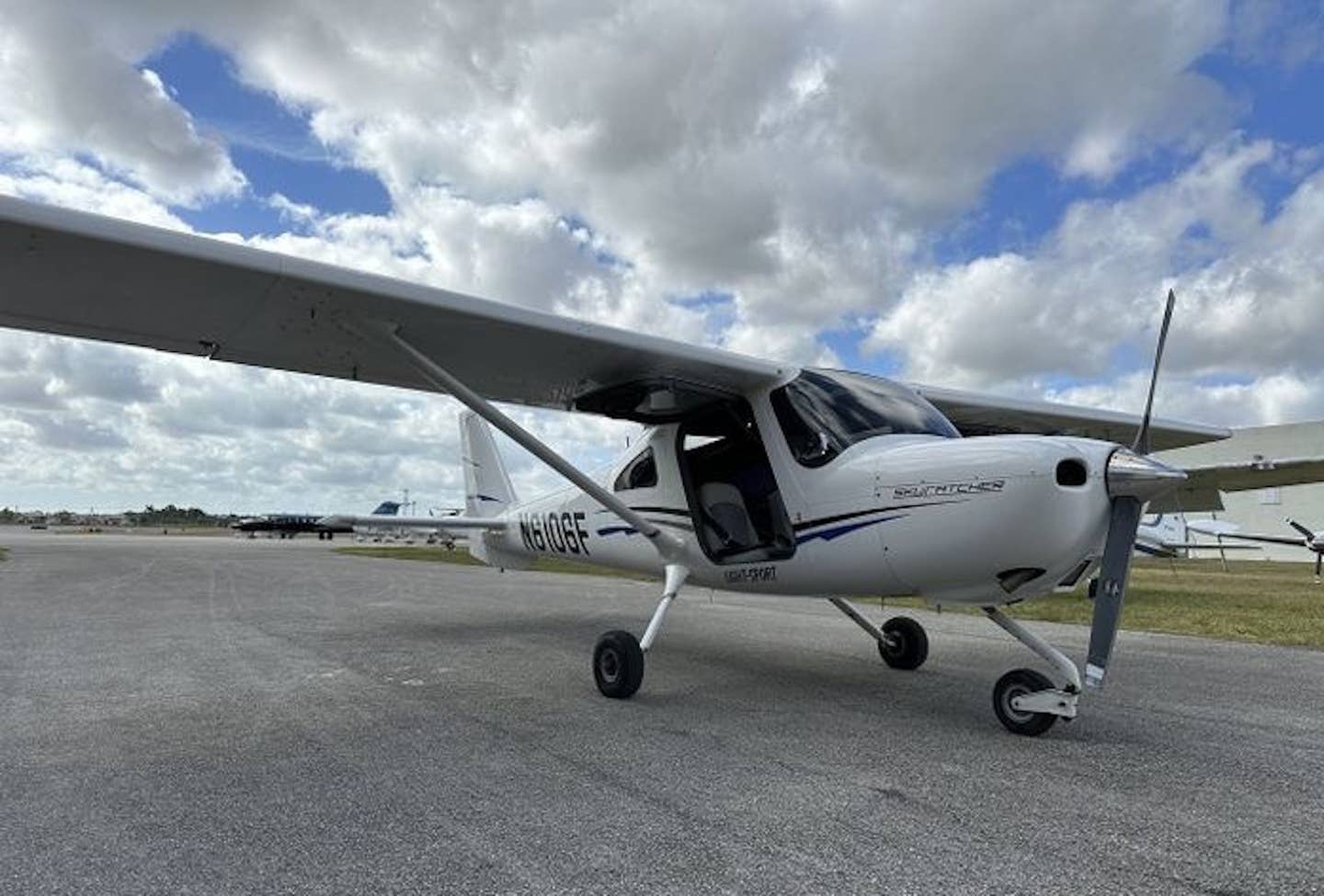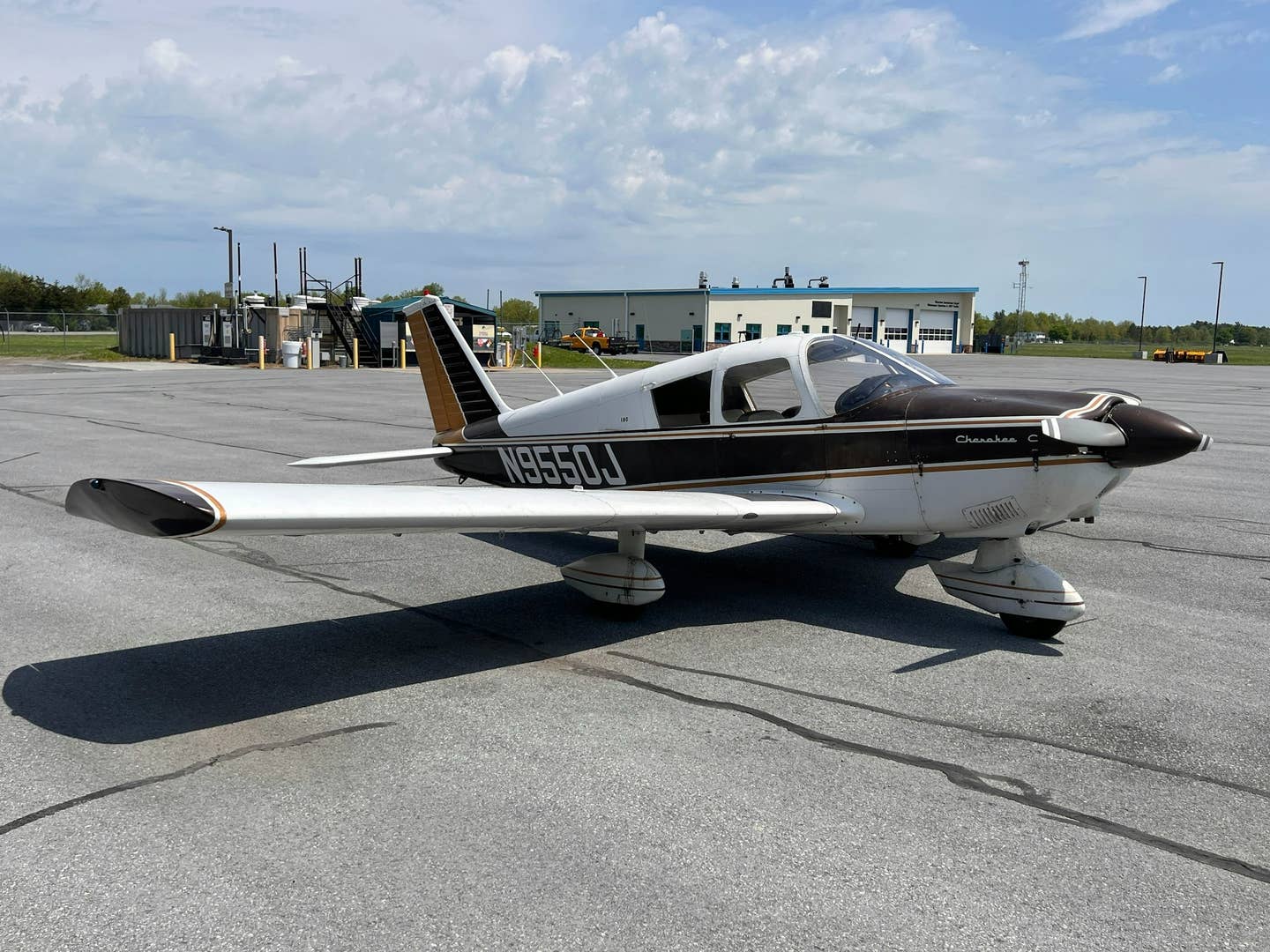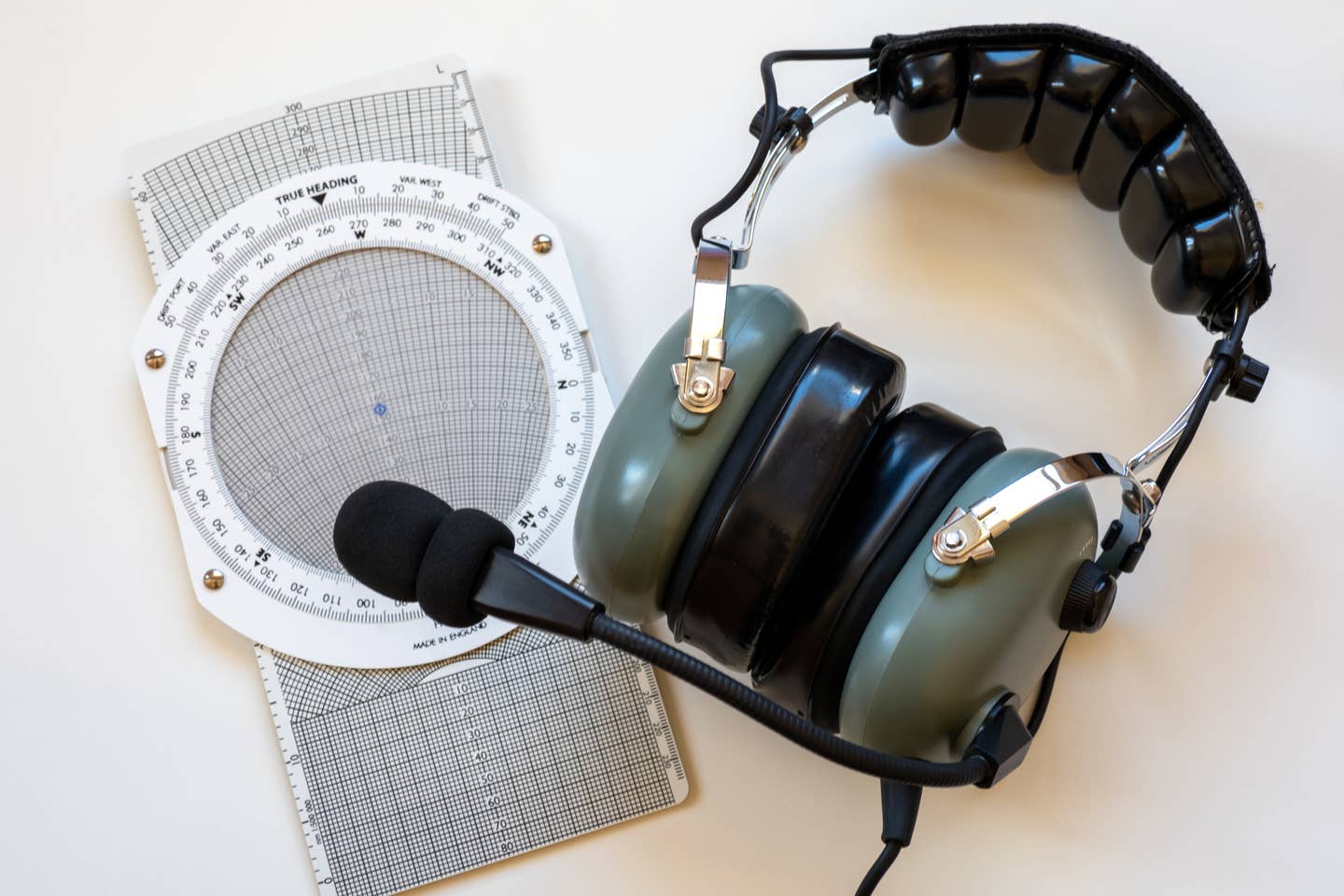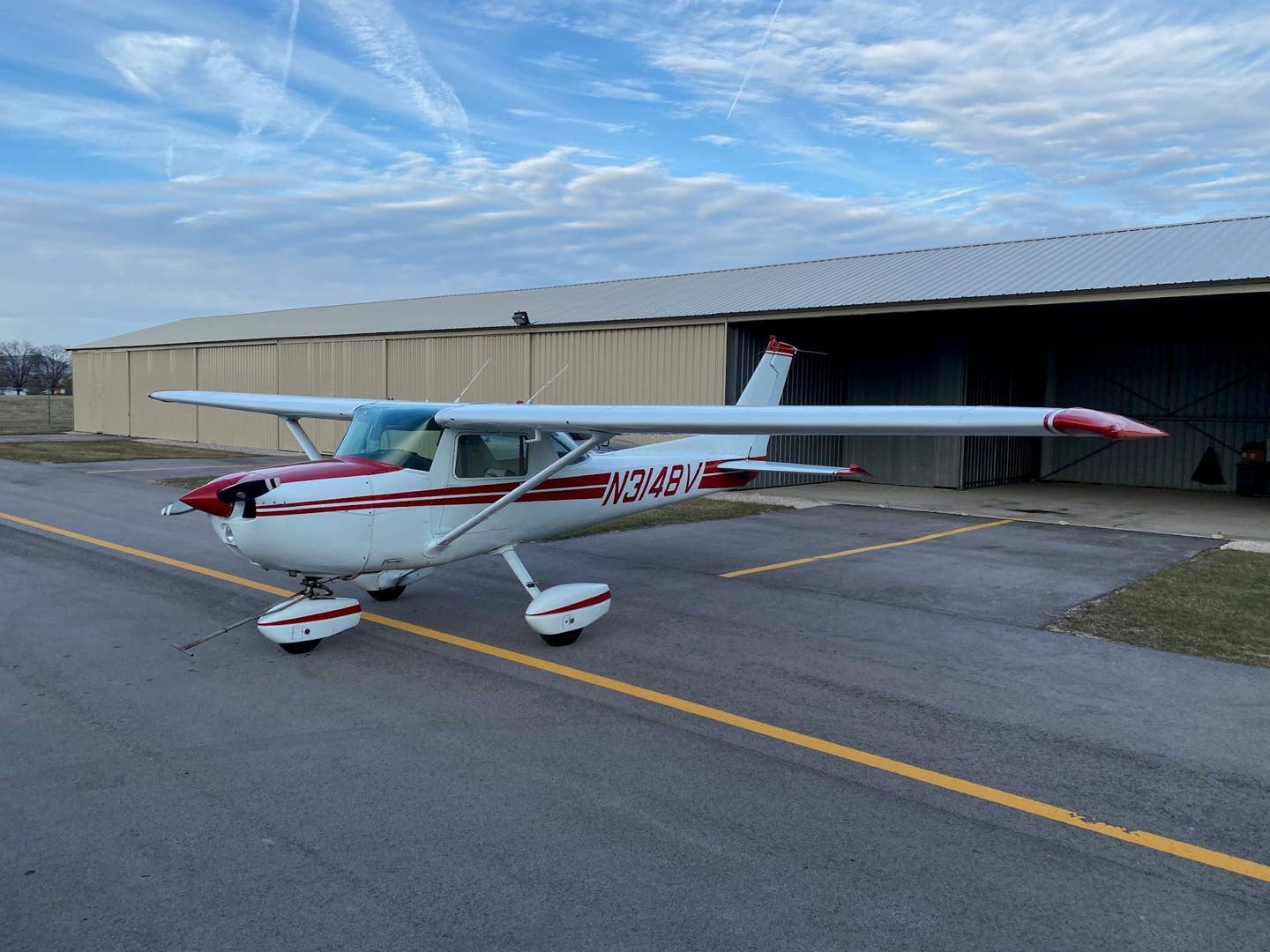Going Direct: 25 Oshkosh Airshows
This is my 25th Oshkosh airshow event. By EAA standards, 25 isn’t a big number. I’m a relative newbie, in that regard. There are people wandering the show with jackets…
This is my 25th Oshkosh airshow event. By EAA standards, 25 isn't a big number. I'm a relative newbie, in that regard. There are people wandering the show with jackets stitched with patches dating back to before I was born. Oh, to have been able to see all that they've seen. Oshkosh is aviation history condensed annually into a weeklong volume.
In my time coming to OSH, I've witnessed some incredible aviation history. I've seen amazing airplanes---Concorde, the Boeing 787, the Airbus A380, F-22s and jump jets, B-29s (well, one B-29, so far), B-1Bs, Seabees and BD-10s. I've witnessed the perplexing surprise arrival of a single-engine Eclipse jet, an entry-level jet from Honda, the unveiling of a new lineup of Cessna next-generation piston singles that never came to pass, a rocket-powered Long-EZ, the emergence of a Brazilian bizjet giant, the complex birth and growth of the Cirrus phenomenon, the rebirth of the Mooney story not once, but three times, the rise of Garmin from handheld maker to avionics juggernaut, and much, much, much, much more.
In writing about all things OSH this month, I've been reflecting upon my history with the show, as well. As you might have read last month, the big Wisconsin airshow was the scene of my only accident, a near-catastrophic seaplane crash that somehow left me more enamored with flying than before it. Eighteen years ago, I missed the first part of the show when my youngest child was born. After four days, I snuck out of a house filled with in-laws and proceeded to bore friends with baby pictures for the last three days of the show. The kid seemed to have survived my absence.
Like everyone else, I've struggled with the Oshkosh visitor experience. A small city that has in many ways grown up around the show, it has limitations that add to the charm of the event. Eating options are notoriously limited. Hotel room prices are notoriously high (for one week a year, and people pay them), and the traffic can be nightmarish, at times. I've stayed at homes near the show, I've spent the week in a tent at the North 40 Campground with friends, camped under the wing (okay, close to the wing) of a Cirrus, I've crashed on couches, and I've actually stayed in a hotel a few times.
Even getting around the show is a challenge. I've scootered around the show, hoofed it, trammed it, and on one or two occasions, gotten lifts in Red One. I've been sunburned, blown around by sudden gust fronts that upended Kitfoxes and made a shambles of the show grounds, I've been drenched by downpours and the humidity, I've survived nearly show-stopping flooding, and I've been baked with seven triple-digit days in a row. You never know what you're getting yourself into at OSH.
Getting to and from Oshkosh in a plane is always interesting, sometimes even thrilling. I remember a Cirrus flight with a friend on a day bustling with thunderstorms in which we were able to head north of Oshkosh along Lake Michigan, swing back to the south and then north again to the field, arriving on a Sunday with only two other planes in the pattern and the controllers giving us an unprecedented amount of attention and air time in the normally slammed arrival corridor. I've flown to Oshkosh in Archers and CitationJets, 182s and SR22s, Mooneys and Falcons. Getting there is a blast, and heading home is always bittersweet.
As is the case I'm guessing with everybody who's spent time at OSH, the memories that stand out the most for me, though, are of friends, the times, the connections. Late-night dinners at the White House Inn Gun & Supper Club with old friends and colleagues; surprisingly good sushi with fellow aviation geeks in Appleton, of all places; quiet, early-morning flights around the ultralight strip in open-air planes that bring back the charm of the first EAA fly-in; informal gatherings with the gang at George and Cyndy's spot in the North 40; at the Aero Club with fellow photographers shooting the breeze about shooting Breezys. Reflective evenings at the Theater in the Woods listening to legends relate tales too amazing to be true, but that are; too-loud and too-fun parties at the Acee Deucee with some of those same legends letting their hair way down; hanging with friends at the early Saturday morning Runway 5K run, celebrating a great week for all. It's been a charmed past quarter-century, for sure. Lucky.
Wanting To Believe
In the TV show The X-Files, co-lead David Duchovny as FBI agent Fox Mulder has a poster hanging in his Quantico office that says "I want to believe." In Agent Mulder's case, it's UFOs, Sasquatch and global alien conspiracies he wants to believe in. Which is good for the show, because that's what it's all about.
Many pilots, I'm guessing, have that same sign tacked up in their hangar. In our case, what we want to believe in is an awesome aviation future, and the part of cool planes in that imaginative equation looms large. Who doesn't want a plane that's faster, cheaper, safer, smarter, more capable, more durable and cooler looking than anything that's existed before.
The only problem with this equation is that it's filled with optimistic assumptions that can't hope to hold out under any kind of scrutiny. For a plane to carry more weight, it needs to be stronger, and stronger means heavier, and heavier means more fuel, and more fuel means more weight, which requires more power, which demands more fuel, and weight and power. Assuming no technological breakthroughs and no magic, huge improvements in any of these areas either come with substantial compromises in other areas or a side order of snake oil.
Which is why when we've seen companies come to Oshkosh claiming that they have the secret formula for making an airplane that's better than any airplane before it, sorry, but we've got to raise a skeptical eyebrow, and prospective customers would be wise to do the same instead of reaching immediately for their wallets.
Like Agent Mulder, I want to believe. But I'll wait until I see it in production before I really do.
Proficiency Again
In case you haven't noticed, proficiency is a cause about which we care deeply, and for good reason, too. The future of what and where we get to fly is tied to how much safer we can make flying. The truth is out there that the best way right now to improve safety of flight is by improving the pilot's performance. To this end, at Oshkosh this year, the EAA is presenting the next edition of what's fast becoming a great institution, the EAA Pilot Proficiency Center. The main idea behind the Center is to give pilots hands-on experience with the kinds of scenarios the accident statistics tell us are the cause of the vast majority of aircraft accidents today. The biggest of these is loss of control, though I have to argue that loss of control is more of an outcome in many cases than it is an accident type. If I'm flying VFR and stumble into IMC and lose control, the cause of the accident, I'd argue, isn't loss of control, but flying into the soup when I wasn't prepared to survive it. The best way to stop that "loss of control" accident isn't by teaching me how to recover from an unusual attitude when I'm IMC, but by teaching me how to use better judgment in the first place.
The Pilot Proficiency Center is all about that goal, though they're much nicer in how they talk about it. The experience is great fun, too. You can listen to highly engaging Tech Talks from Jeppesen (some of my favorites), try your hand at a scenario or two in a Redbird flight simulator under the watchful eye of a NAFI or SAFE volunteer flight instructor, take in an early-morning session courtesy of AOPA's generous sponsorship, or dive deep into the details of a particularly interesting approach procedure with other IFR aficionados. The whole thing is free and runs all week long. The Center is sponsored by Hartzell Propeller, Jeppesen, Redbird Flight, AOPA, PilotEdge, Mindstar Aviation and Plane & Pilot (that's us!). See you at the show!

Subscribe to Our Newsletter
Get the latest Plane & Pilot Magazine stories delivered directly to your inbox


